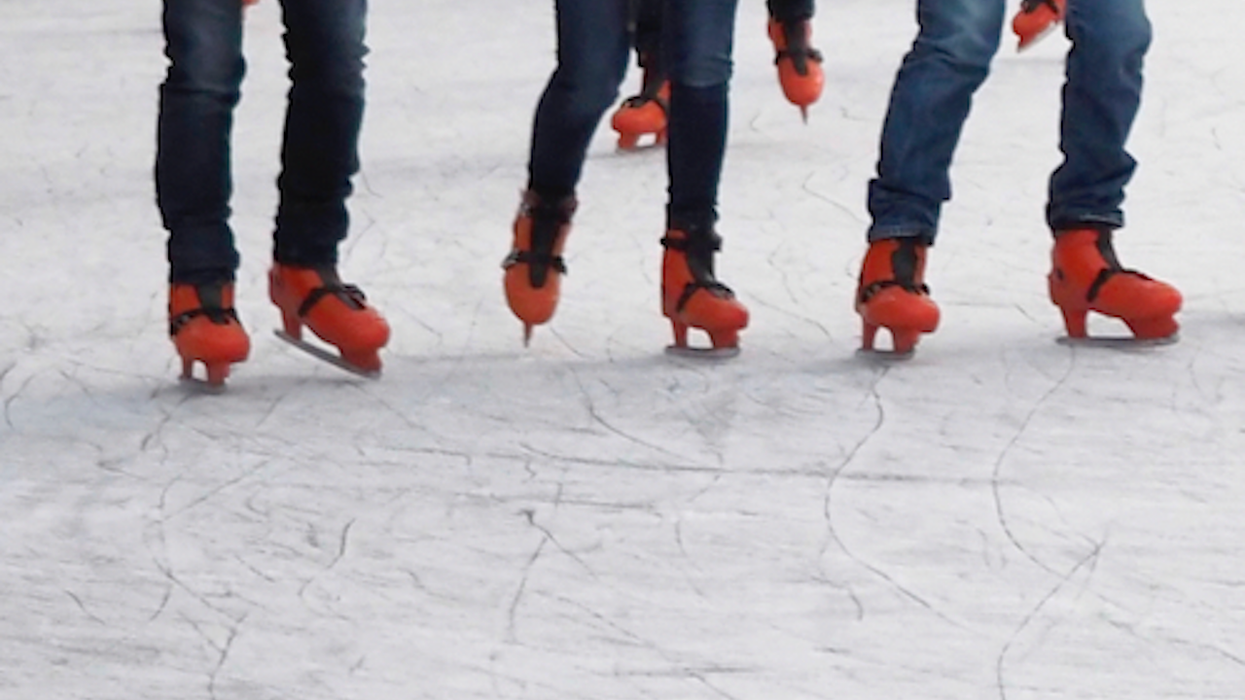First pictured in 2008, mysterious crop-like circles on the ocean floor baffled scientists. Now, six years later, the root cause has been determined, explaining the strange pattern in the Baltic Sea off the coast of the island of Mon in Denmark.
The short answer is that it wasn't aliens, but perhaps something a bit more sinister sounding: "poison."
 These circles seen in the Baltic Sea, appearing in 2008 and 2011, were called crop circles or fairy rings. Researchers recently found out how sulfide acted as a toxin to create the pattern. (Image source: Jacob T. Johansen via University of Southern Denmark)
These circles seen in the Baltic Sea, appearing in 2008 and 2011, were called crop circles or fairy rings. Researchers recently found out how sulfide acted as a toxin to create the pattern. (Image source: Jacob T. Johansen via University of Southern Denmark)
"It has nothing to do with either bomb craters or landing marks for aliens. Nor with fairies, who in the old days got the blame for similar phenomena on land, the fairy rings in lawns being a well-known example," biologists Marianne Holmer from University of Southern Denmark and Jens Borum from University of Copenhagen said in a statement.
[sharequote align="center"]"It has nothing to do with either bomb craters or landing marks for aliens."[/sharequote]
The researchers reported this week that instead the circles that formed in the eelgrass on the sea floor were the result of toxic sulfide.
"We have studied the mud that accumulates among the eelgrass plants and we can see that the mud contains a substance that is toxic to eelgrass," Holmer and Borum explained. "Most mud gets washed away from the barren, chalky seabed, but like trees [that] trap soil on an exposed hillside, eelgrass plants trap the mud. And therefore there will be a high concentration of sulfide-rich mud among the eelgrass plant."
This process combined with eelgrass growth patterns -- the plant grows radially -- and the fact that the toxin impacts weak and old plants, not healthy ones, creates the circles.
"When the sulfide begins to work, it starts with the oldest and thus the inner part of the population because here is an increased release of toxic sulfide and uptake by plants due to accumulation of mud. The result is an exceptional circular shape, where only the rim of the circle survives -- like fairy rings in a lawn," they said.
The study about the discovery was published in the February issue of Marine Biology.
(H/T: Wired)
--

 These circles seen in the Baltic Sea, appearing in 2008 and 2011, were called crop circles or fairy rings. Researchers recently found out how sulfide acted as a toxin to create the pattern. (Image source: Jacob T. Johansen via University of Southern Denmark)
These circles seen in the Baltic Sea, appearing in 2008 and 2011, were called crop circles or fairy rings. Researchers recently found out how sulfide acted as a toxin to create the pattern. (Image source: Jacob T. Johansen via University of Southern Denmark)





